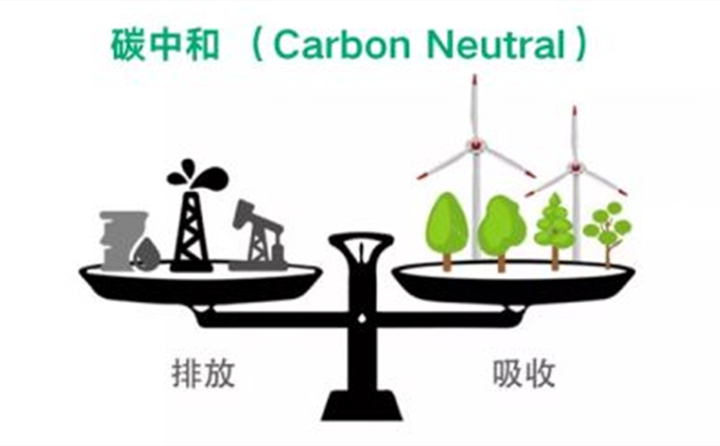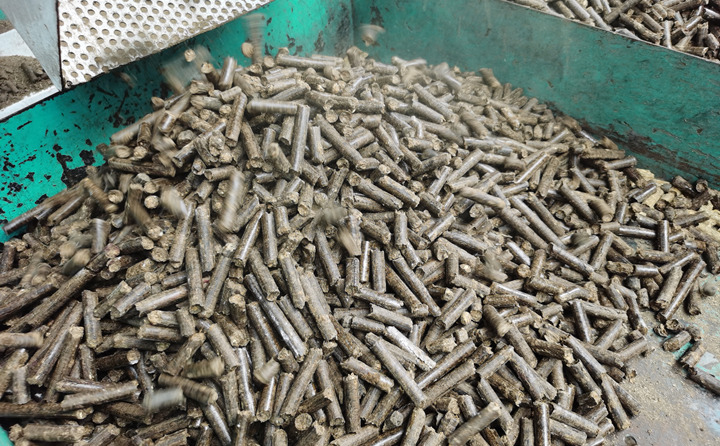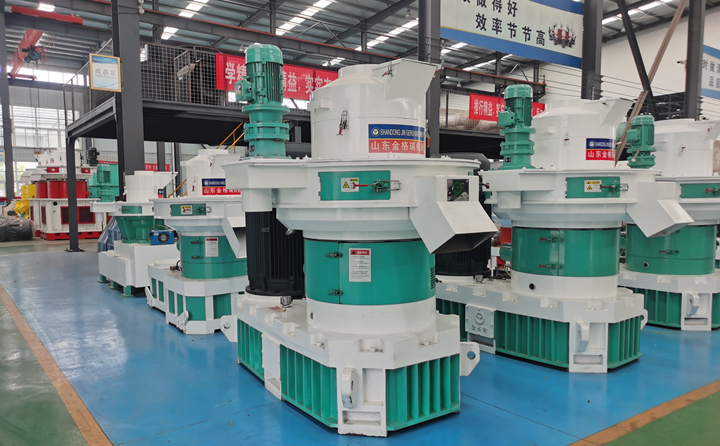Carbon neutrality is not only my country’s solemn commitment to respond to climate change, but also an important national policy to achieve fundamental changes in my country’s economic and social environment. It is also a major initiative for my country to explore a new road to human civilization and achieve peaceful development.
At present, among conventional energy sources, natural gas, solar thermal, hydrogen energy, and nuclear energy can be used as alternatives. Among them, natural gas has fast response and high energy density, but it has three disadvantages: the total amount is insufficient. The total annual global natural gas trade is 1.2 trillion cubic meters. China’s apparent natural gas consumption in 2019 is 306.4 billion cubic meters, accounting for 8.1 of the total energy consumption. %. It is theoretically estimated that even if the global natural gas is all supplied to China, it can only solve 32% of the total energy consumption; the cost is too high. Although the price of natural gas varies from place to place, it is generally 2-3 times that of coal. If all natural gas is used, The cost of manufacturing has risen instantaneously. It is understandable to increase the necessary cost to reduce carbon, but an excessive increase will inevitably lead to a decline in the competitiveness of the manufacturing industry or a shift abroad; third, natural gas itself is a high-carbon fossil energy source, although the carbon emission intensity is lower than that of coal. , But the carbon emission problem is only alleviated but not resolved. Therefore, it is difficult for natural gas to become the main alternative.
In contrast, the energy density of light and heat cannot meet the needs of high-energy-density users such as a large amount of steam, nor can it guarantee the continuous and stable heat use in the manufacturing industry, and it is not competent from a technical point of view.
Nuclear energy has advantages for continuous and stable power generation. It can also be used as an alternative for heating demand in the north. However, for the diversified and diversified heating demand of the manufacturing industry, its technical and economic characteristics are difficult to match.
The advantages of hydrogen energy in the transportation field are emerging. Although there are successful cases for special heating needs such as steelmaking to replace coal, the economics of heating demand for a wide range of manufacturing industries still need time to verify.
In addition, even if the above energy types achieve economic efficiency, there is still a common shortcoming-the existing coal-fired energy infrastructure is facing obsolescence.
EU thinking: reuse biomass energy
Biomass pellet mill equipment is expected to become a carbon neutral weapon.
The EU is the first region in the world to devote itself to low-carbon development. It has completed its carbon peak and is moving towards carbon neutrality. Its experience is worth learning and learning from.
The European Union’s GDP accounted for 22.54% of the world’s GDP, energy consumption accounted for 8%, and carbon emissions accounted for 8.79% during the same period. To achieve carbon neutrality in the energy system, renewable energy based on biomass energy was used instead of fossil energy.
From the perspective of the overall energy structure of the 27 EU countries, biomass energy accounts for 65% of renewable energy; from the perspective of the contribution of carbon emission reduction, biomass energy accounts for 43%, ranking first.
The reason: Biomass energy is chemical energy and the only renewable fuel. It can be stored and transported. In the face of diversified and multi-period heating needs, biomass fuels can be flexibly met, and biomass resources are abundant and distributed. It is widely used and economical, and it is more competitive for heating than fossil energy. For example, Denmark, Sweden, and Finland in Northern Europe have built a competitive biomass energy industry chain based on a wide range of agricultural and forestry wastes, and have become a share of the energy market. The number one energy variety.
Biomass energy is compatible with the existing fossil energy infrastructure. For example, the six 660MW coal-fired units of Drax, the largest coal-fired power plant in the UK, are all converted to biomass, achieving zero carbon emissions and obtaining huge carbon emissions reduction benefits; Energy is the only renewable energy that can completely replace fossil energy. It can not only meet the needs of the three major energy terminals for power, electricity, and heat, but also produce bio-based materials to replace petroleum-based materials, which is not possible with other renewable energy sources. .
Multi-dimensional support for carbon neutrality
In general, the three paths of carbon neutrality in my country-electricity carbon neutralization, thermal carbon neutralization, and power carbon neutralization, biomass energy can all play an important role.
In terms of thermal carbon neutralization, the heating demand of my country’s manufacturing industry can be fully met by biomass energy, and the demand for distributed heating can be achieved by supporting professional biomass thermal energy equipment for forming fuels.
Of course, with the volume of energy consumption in our country, it is difficult to meet the demand with our own resources alone. Therefore, it is possible to establish a framework with biomass renewable fuels (biomass pellet machines and other mechanical processing) as the core and “Belt and Road” renewable energy cooperation as the goal.
As far as my country is concerned, a large number of renewable fuels replace fossil fuels, which can maintain the competitiveness of the manufacturing industry and solve the problem of carbon emission constraints. At the same time, it will help the countries and regions of the “Belt and Road” to establish green energy infrastructure to achieve mutual benefit and win-win results. , To build a community of destiny for green development.
In terms of power carbon neutrality, the current solutions for transportation power include electric power, hydrogen energy, and biomass fuel. It is recommended that the market choose instead of excessive administrative intervention. More administrative resources should be invested in the construction of the market guarantee system, such as the construction and operation of the carbon market. At that time, there will be a carbon-neutral power plan that adapts to the national conditions to stand out.
Biomass pellet mill equipment is expected to become a carbon neutral weapon.
Post time: Aug-10-2021







